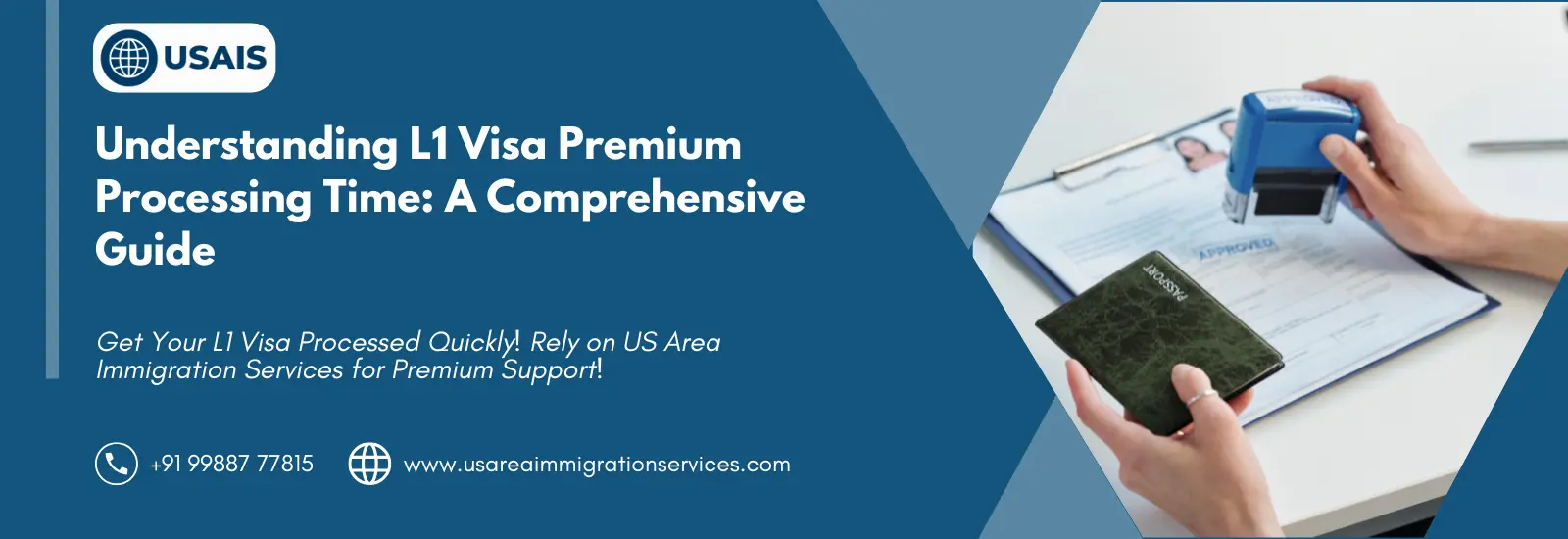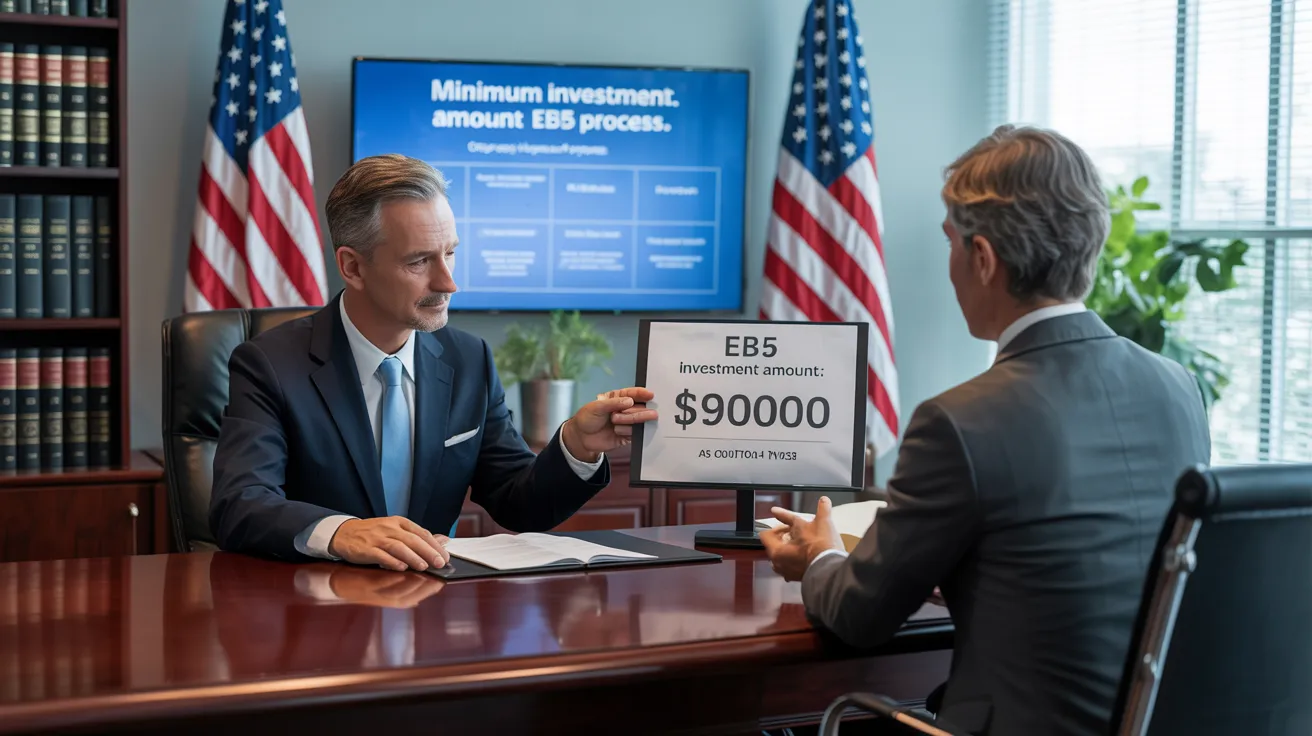Little Known Facts About L1 Visa.
Table of ContentsNot known Factual Statements About L1 Visa The Best Strategy To Use For L1 VisaL1 Visa Fundamentals ExplainedL1 Visa Can Be Fun For AnyoneLittle Known Facts About L1 Visa.The 9-Minute Rule for L1 Visa
Readily Available from ProQuest Dissertations & Theses Worldwide; Social Science Premium Collection. DHS Workplace of the Inspector General. Recovered 2023-03-26.
United State Division of State. Gotten 2023-02-08. Tamen, Joan Fleischer (August 10, 2013).
4 Simple Techniques For L1 Visa
In order to be qualified for the L-1 visa, the international company abroad where the Recipient was utilized and the united state company must have a certifying relationship at the time of the transfer. The different kinds of qualifying partnerships are: 1. Parent-Subsidiary: The Moms and dad indicates a firm, company, or various other legal entity which has subsidiaries that it owns and regulates."Subsidiary" indicates a firm, corporation, or other legal entity of which a parent owns, directly or indirectly, greater than 50% of the entity, OR owns less than 50% but has administration control of the entity.
Instance 1: Business A is integrated in France and employs the Beneficiary. Business B is integrated in the united state and intends to petition the Beneficiary. Company An owns 100% of the shares of Business B.Company A is the Parent and Business B is a subsidiary. There is a certifying relationship between the 2 companies and Firm B need to be able to sponsor the Beneficiary.
Example 2: Company A is included in the united state and intends to request the Recipient. Company B is integrated in Indonesia and uses the Beneficiary. Firm An owns 40% of Firm B. The staying 60% is possessed and managed by Business C, which has no connection to Business A.Since Business A and B do not have a parent-subsidiary connection, Company A can not fund the Recipient for L-1.
Business An owns 40% of Company B. The remaining 60% is possessed by Company C, which has no relationship to Firm A. Nevertheless, Firm A, by formal agreement, controls and complete manages Business B.Since Business An owns less than 50% of Firm B yet manages and regulates the business, there is a certifying parent-subsidiary partnership and Company A can fund the find out more Recipient for L-1.
A Biased View of L1 Visa
Company B is included in the U.S.
Some Known Incorrect Statements About L1 Visa

The L-1 visa is an employment-based visa category developed by Congress in 1970, permitting international business to transfer their managers, executives, or vital workers to their United state operations. It is commonly referred to as the intracompany transferee visa.

Furthermore, the beneficiary must have worked in a supervisory, executive, or specialized worker setting for one year within the 3 years preceding the L-1A application in the foreign company. For new office applications, foreign employment must have been in a supervisory or executive ability if the beneficiary is involving the United States to function as a manager or exec.
Examine This Report about L1 Visa

If provided for a united state company functional for even more than one year, the preliminary L-1B visa is for approximately 3 years and can be extended for an extra 2 years (L1 Visa). Conversely, if the U.S. business is newly developed or has been functional for much less than one year, the first L-1B visa is provided for one year, with expansions available in two-year increments
The L-1 visa is an employment-based visa classification developed by Congress in 1970, enabling international business to transfer their managers, execs, or crucial workers to their U.S. operations. It is generally referred to as the intracompany transferee visa.
8 Easy Facts About L1 Visa Described
In addition, the beneficiary needs to have operated in a managerial, exec, or specialized worker placement for one year within the three years coming before the L-1A application in the international firm. For new office applications, international employment must have been in a managerial or executive capability if the recipient is coming to the United States to work as a manager or exec.
for up to 7 years to look after the operations of the united state affiliate as an exec or supervisor. If issued for a united state business that has actually been functional for even more than one year, the L-1A visa is at first provided for as much as three years and can be prolonged in two-year increments.
If provided for an U.S. company operational for greater than one year, the initial L-1B visa is for approximately three years and can be extended for L1 Visa process an added 2 years. On the other hand, if the united state business is freshly developed or has actually been operational for much less than one year, the initial L-1B visa is issued for one year, with extensions readily available in two-year increments.